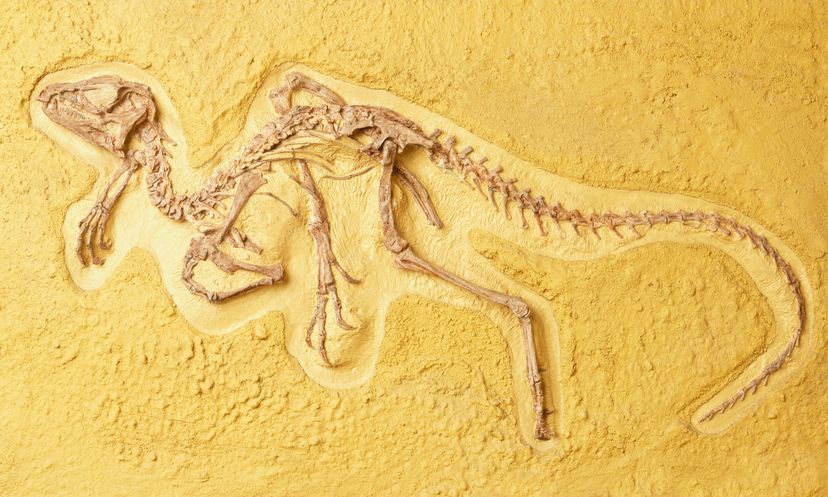
About This Quiz
When you think about fossils, you probably picture the big-money stuff: T-Rex skeletons, perfectly preserved mammoths and the like. Compared to them, the vast majority of fossils are relatively tiny and seemingly insignificant.It's kind of arbitrary, but the specimen has to be 10,000 years old to earn the title of fossil. If it's younger than that, it's just a plain old bone, we guess.
The fossil record is the total of all the fossils that have ever been found -- basically, it's the sum total of all paleontological information.
The earliest known fossils are about 3 billion years old, give or take a few hundred million years. But fossils from that far back are pretty much only from microscopic bacteria.
Advertisement
Using radiometric dating and a whole bunch of other scientific methods -- most significantly, the dating of the oldest known meteorite particles -- scientists have determined that the Earth is about 4.5 billion years old.
Mass spectrometers examine a fossil's isotopes for radiometric dating, which determines the fossil's age.
Transitional fossils have characteristics of more than one animal -- a kind of in-between stage, if you will. Scientists have used them as evidence of evolution.
Advertisement
When "Omo I" and "Omo II" were discovered in Ethiopia in 1967, scientists thought they were 130,000 years old. In 2005, thanks to improved dating techniques, they were found to be 195,000 years old.
Horseshoe crabs and nautiluses are two examples of living fossils -- animals that had been known only as fossils before the modern-day species was discovered.
The snake, discovered in Colombia, probably weighed about 2,500 pounds (1,140 kilograms).
Advertisement